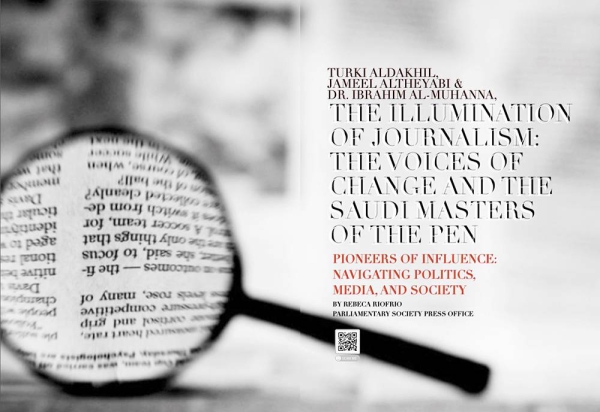
n early 2020, there were bans on most social contact, international travel stopped, workplaces and schools shut. Lockdown had arrived. These policies may have limited the spread of the virus, but what collateral harms and benefits on physical health were there?
Despite recommendations to continue to seek help, normal healthcare endured severe disruption. In England, waiting lists for hospital treatment now exceed 5m, up more than 500,000 from before the pandemic. During the first wave, nearly 90,000 joint replacement surgeries were cancelled, leaving many struggling with pain. Cancer investigations and diagnoses fell and although there is no sign yet of any excess cancer deaths, this may only become apparent in subsequent years.
When it comes to getting off the sofa and exercising, lockdowns favoured the sofa – during the first wave, around 3 million more adults were “inactive”, taking less than 30 minutes exercise a week.
It’s not all bad news. In recent years, seasonal flu is estimated to have killed between 4,000 and 22,000 people and it was essentially eliminated in 2020-2021. UK road casualties dropped by around 70% in April 2020 and by 30% across the first six months of lockdown. But the reduction was smaller for fatalities, around 20% in the same period. This pattern was stronger in Japan: lockdowns decreased collisions, but quiet roads may have led some people to drive faster.
There is typically a bump in deaths between 15 and 29 due to non-natural causes, reflecting a higher-risk lifestyle. But the pandemic has mitigated this; in England and Wales in 2020, there were more than 300 fewer death registrations of that age than the 2015-2019 average. Those 300 fewer grieving families do not know who they are, unlike those of the 115 registered deaths involving Covid-19 of that age. The pandemic and its responses were an overall lifesaver for younger people.
Pandemic measures have changed our social and economic lives, mental health, education, the environment and so much more. These effects will be felt long into the future and not all can be quantified with statistics.
David Spiegelhalter is chair of the Winton Centre for Risk and Evidence Communication at Cambridge. Anthony Masters is statistical ambassador for the Royal Statistical Society












